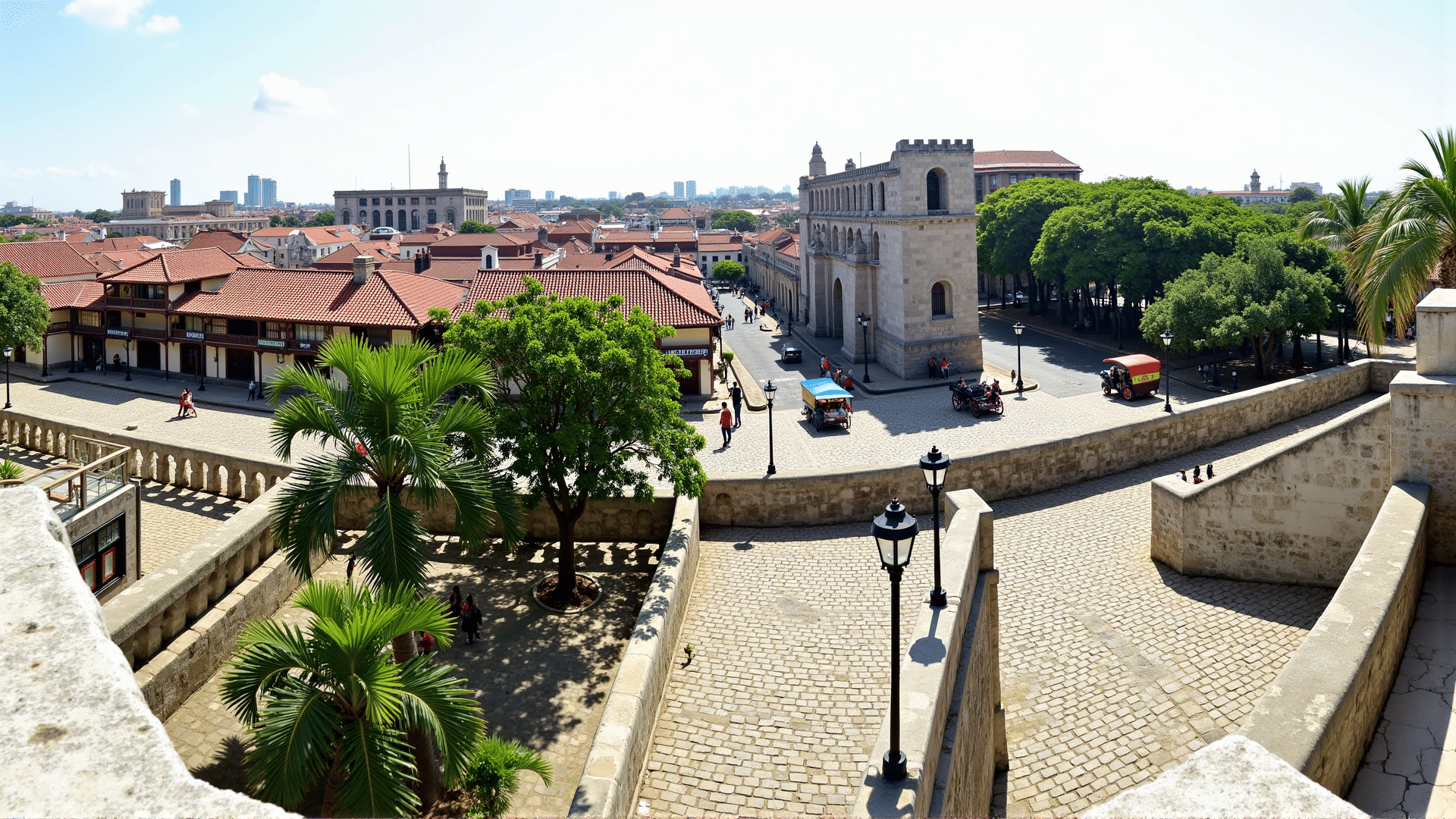Nestled in the heart of Manila lies a beacon of history and culture, a district that invites visitors to step back in time and explore the rich tapestry of the Philippines’ colonial past. Intramuros, known as the Walled City, stands as a testament to the country’s vibrant ancestry and the Spanish influence that shaped its early days.
Constructed in the late 16th century, Intramuros served as the political and religious center during the Spanish colonial period. Its sturdy walls, built to protect and enclose the city from potential invaders, bear silent witness to centuries of change and resilience. Walking through its cobbled streets and historic buildings, one can almost hear the echoes of colonial Manila, feel the pulse of daily life from centuries ago, and marvel at how history has been preserved amidst the hustle and bustle of the modern city.
The architecture inside Intramuros is a splendid showcase of Spanish-era design, characterized by grand churches, opulent colonial houses, and fortified structures. The grand Manila Cathedral stands as a spiritual and architectural landmark, having been rebuilt several times due to damage from natural and human conflict, each time rising with renewed splendor. The nearby San Agustin Church, a UNESCO World Heritage Site, is the only building that stood firm through the bombardments of World War II, its baroque style and resplendent interior a testament to both aesthetic grandeur and historical endurance.
Fort Santiago, one of the most significant historical sites within Intramuros, serves as a gateway to the past. This imposing fortress once guarded the city and now serves as a museum that chronicles the life and legacy of José Rizal, the national hero of the Philippines. Here, visitors can walk through Rizal’s final footsteps and reflect on his poignant words and works, gaining insight into a time of profound transformation for the nation.
As one meanders through Intramuros, horse-drawn carriages known as kalesas clatter along the streets, offering tours that illuminate the rich cultural tapestry of the area. The walls themselves provide a panoramic view of both the past and present, illustrating how both coexist in harmony. Each corner turned reveals a bustling plaza or a quiet garden, spaces where modern cafes and artisan shops inhabit timeless colonial buildings, creating a unique blend of old and new.
Intramuros is not just a museum piece but a living, breathing community that continues to thrive. Educational institutions, residences, and businesses interweave with historical sites, maintaining an authentic vibrancy. Events and festivals often bring the Walled City to life, celebrating Filipino culture and fostering a deeper appreciation for historical treasures.
In exploring Intramuros, one embarks on a journey through time, gaining an appreciation for the legacy of those who came before and an understanding of how the past has shaped the present. The Walled City offers not just a view into history, but a reminder of the enduring spirit and cultural wealth of the Philippines, inviting all who visit to wander and wonder.
